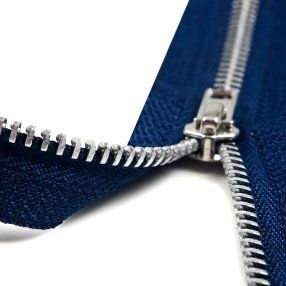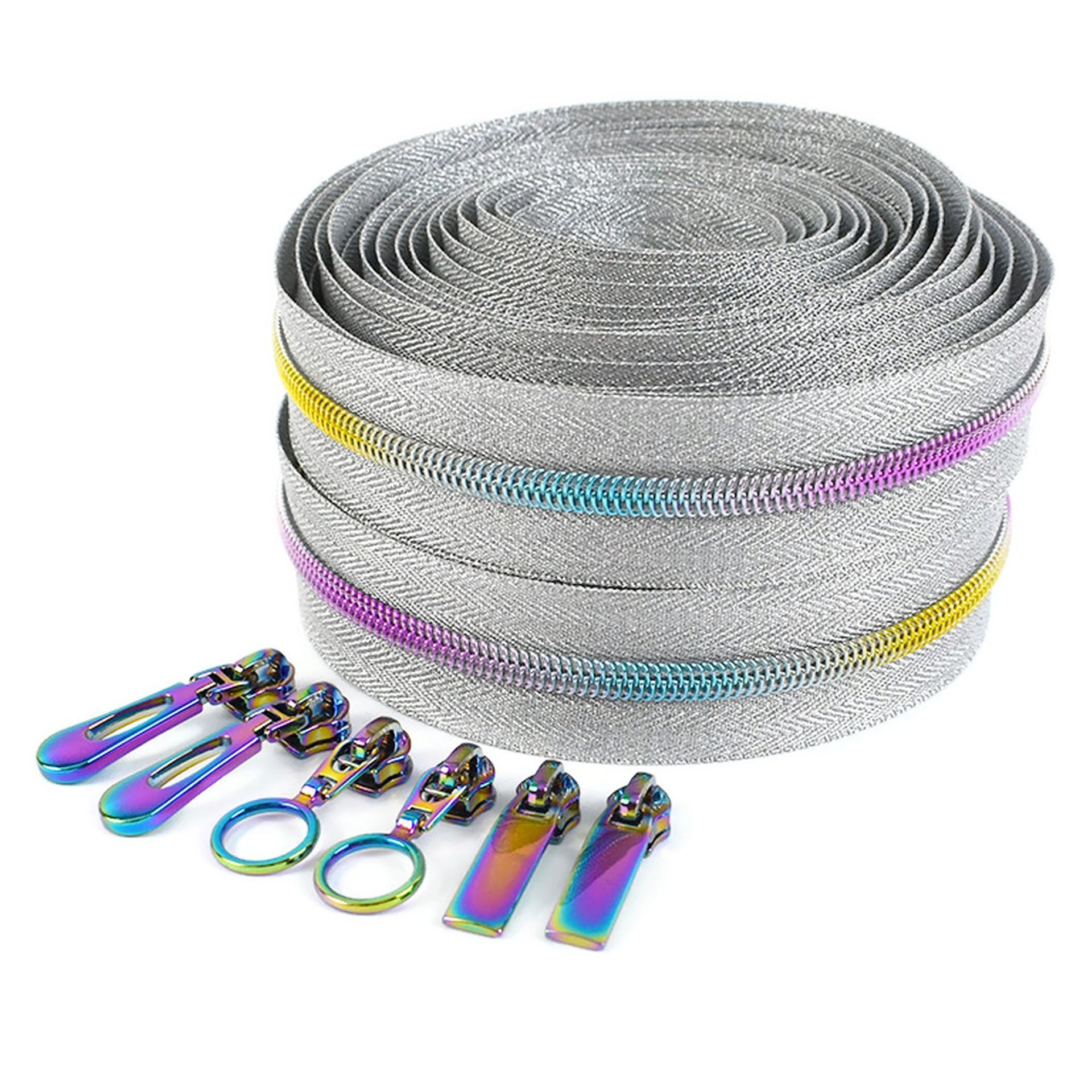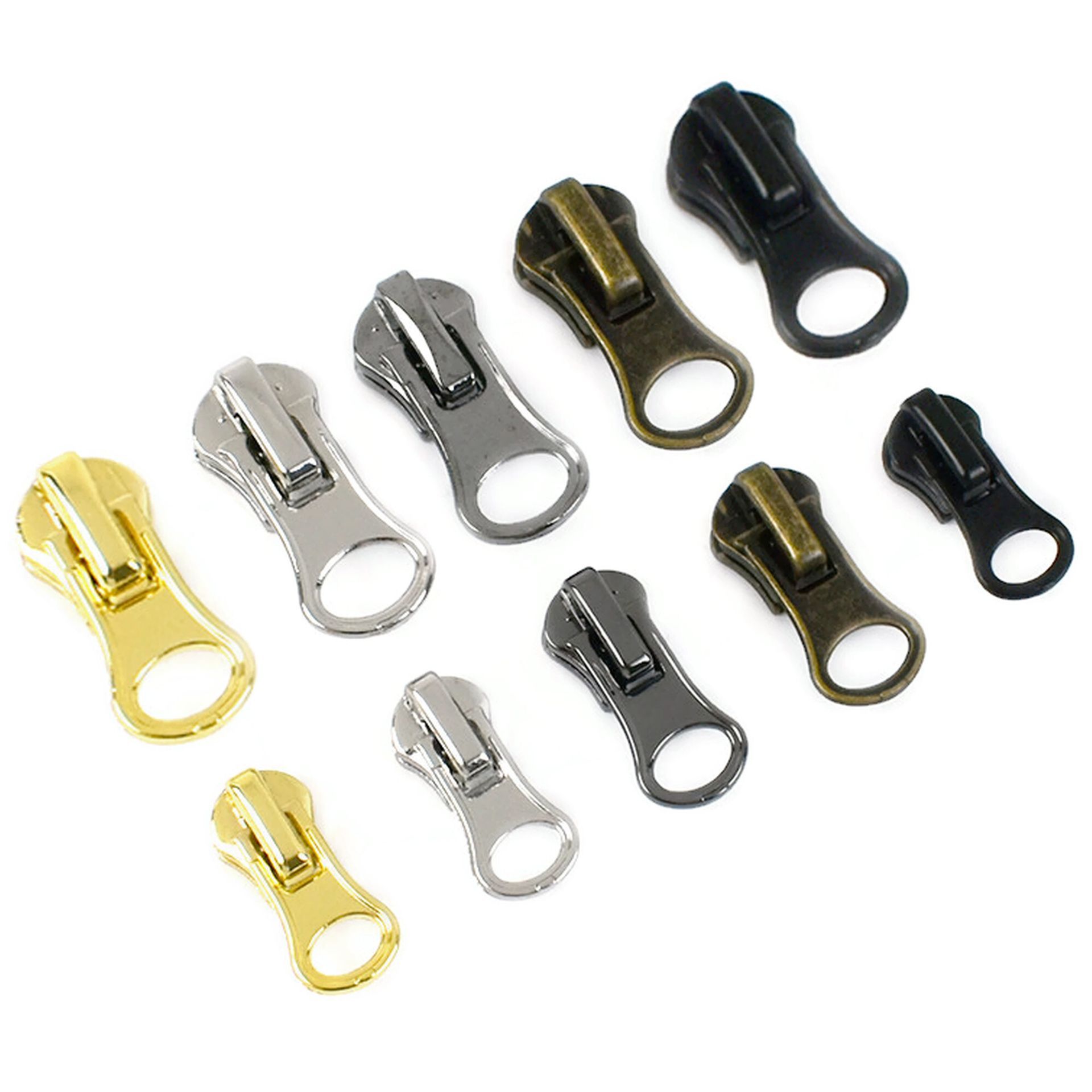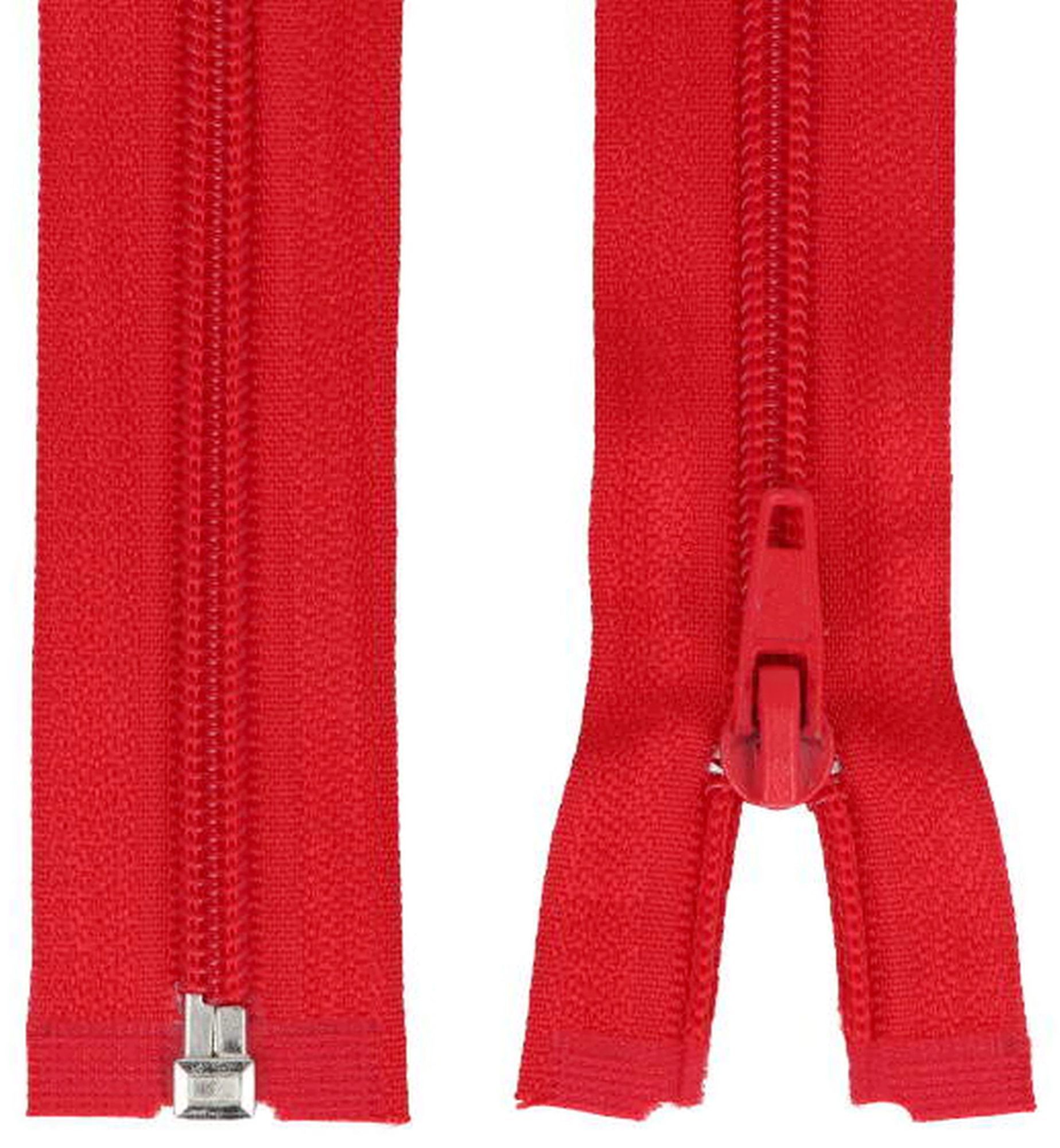How to Measure and Shorten Zippers: A Step-by-Step Guide
Learn the Proper Techniques for Measuring and Shortening Open-End and Closed-End Zippers to Ensure Perfect Fit Every Time
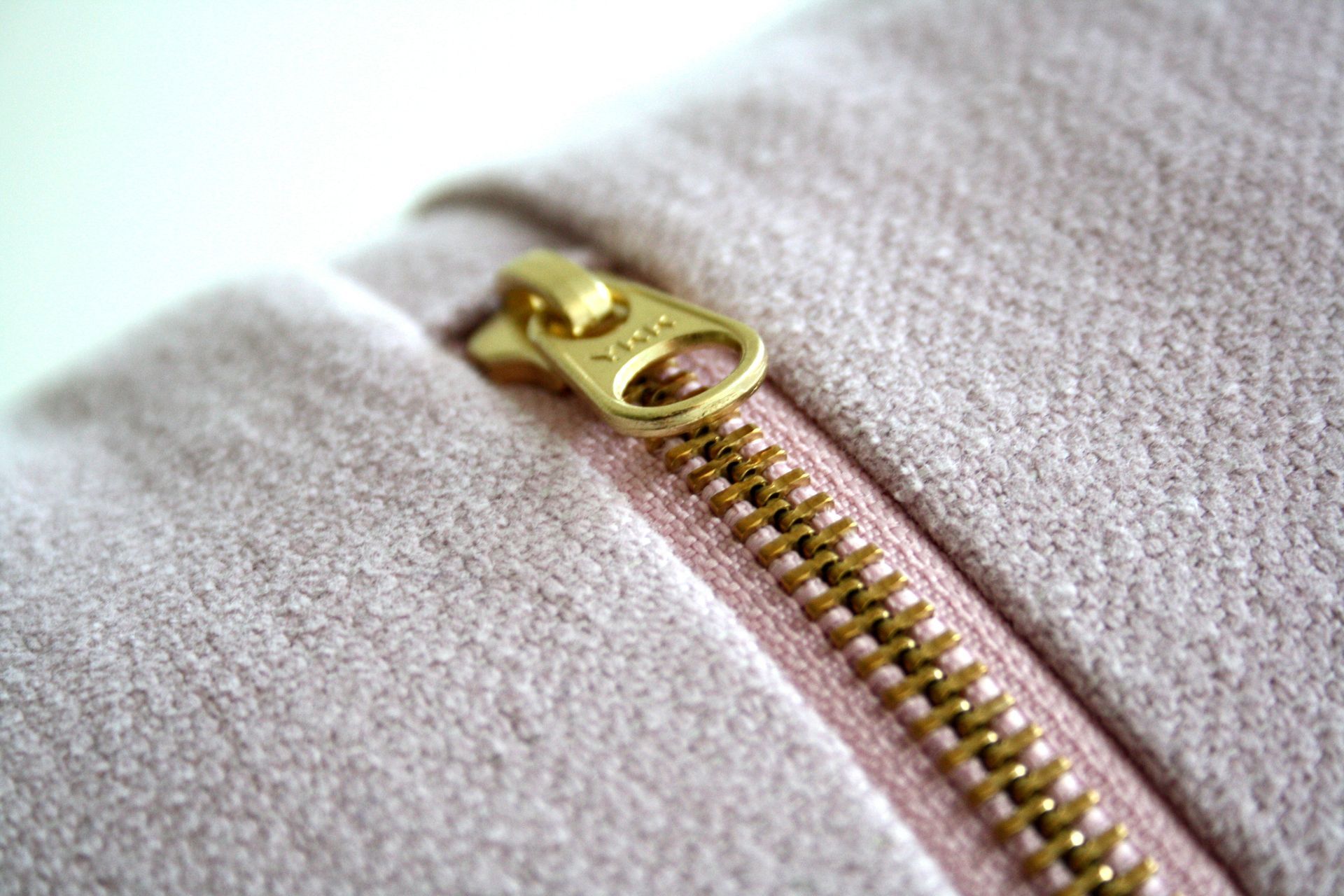
Zippers are an essential part of many clothing items, bags, and accessories. However, in order to use zippers effectively, it's important to measure them correctly. In this blog, we'll go over the steps for measuring two main types of zippers: open-end zippers and closed-end zippers. We'll also cover the process for shortening zippers when necessary.
Measuring Open-End Zippers
Open-end zippers are zippers that can be separated completely at the bottom. To measure an open-end zipper, follow these steps:
- Measure the total length of the zipper, from the top stopper to the bottom stopper.
- If the zipper has a pull tab, do not include it in your measurement.
- If the zipper tape extends beyond the bottom stopper, measure the length of the tape separately.
Measuring Closed-End Zippers
Closed-end zippers are zippers that cannot be separated completely at the bottom. To measure a closed-end zipper, follow these steps:
- Measure the length of the zipper teeth only, from the top stopper to the bottom stopper.
- If the zipper has a pull tab, do not include it in your measurement.
- Do not measure the length of the zipper tape beyond the bottom stopper.
Shortening Zippers
Sometimes, you may need to shorten a zipper to fit a specific length. Here's how to do it:
- Determine if the zipper can be shortened. Chunky plastic zippers and metal tooth zippers can usually be shortened, but other types may not be able to.
- Cut off the excess length of the zipper, leaving about 1 inch of tape beyond the new desired length.
- Excess teeth can be removed with pliers.
- Sew/insert a new stopper at the end of the zipper tape to prevent the pull tab from falling off.
It's important to note that shortening a zipper can be difficult, so it's best to practice on a spare zipper before attempting it on a garment or accessory. It's also important to make sure that the new stopper is securely attached to the end of the zipper to prevent it from coming off.
Other Key Points
Here are a few additional key points to keep in mind when working with zippers:
- Materials - Different types of zippers may be made from different materials, such as metal, plastic, or nylon, which can affect the measurement and shortening process.
- Uses - Zippers are used in a variety of items, such as clothing, bags, and accessories, and measuring them correctly is important for ensuring proper function.
- Troubleshooting - Sometimes, zippers can become stuck or bent, which can affect the measurement process. Be sure to troubleshoot any issues before attempting to measure or shorten a zipper.
- Maintenance - Proper maintenance of zippers, such as cleaning and lubricating them, can help ensure they continue to function properly over time.
By following these steps and keeping these key points in mind, you'll be able to measure and shorten zippers with confidence.



